[ad_1]
COVID-19 has spread quickly around the world, causing more than 1.7 million deaths and infecting more than 81 million people as of Dec. 28, 2020, according to Johns Hopkins’ Coronavirus Resource Center. It’s already hard to remember life before COVID-19—but it was less than a year ago when a doctor in China sounded the alarm about a new respiratory virus. Since then, cases have been confirmed in nearly every country and on every continent except Antarctica. The United States today has the most COVID-19 cases in the world, and cases are rising quickly as people defied CDC recommendations to gather for fall and winter holidays.

The story of how COVID-19 spread so far and so fast is a story of government secrecy, delayed action, polarizing politics, and a highly contagious disease. To better understand what has happened and what might follow, Stacker constructed a timeline of the COVID-19 pandemic from its first mention by Dr. Li Wenliang in Wuhan, China. Our timeline includes information from a range of sources including news outlets such as the New York Times and CNN, Johns Hopkins’ Coronavirus Resource Center, the COVID Tracking Project, science articles, and releases from the World Health Organization (WHO). Keep reading for more information about the COVID-19 pandemic and a better understanding of how a highly contagious virus became a global health crisis.
Understanding COVID-19 with Stacker:
States with the highest COVID-19 infection rates
How vaccines get made and approved in the US
15 ways doctors are now treating COVID-19
27 factors that make you vulnerable to COVID-19
35 COVID-19 symptoms to be aware of
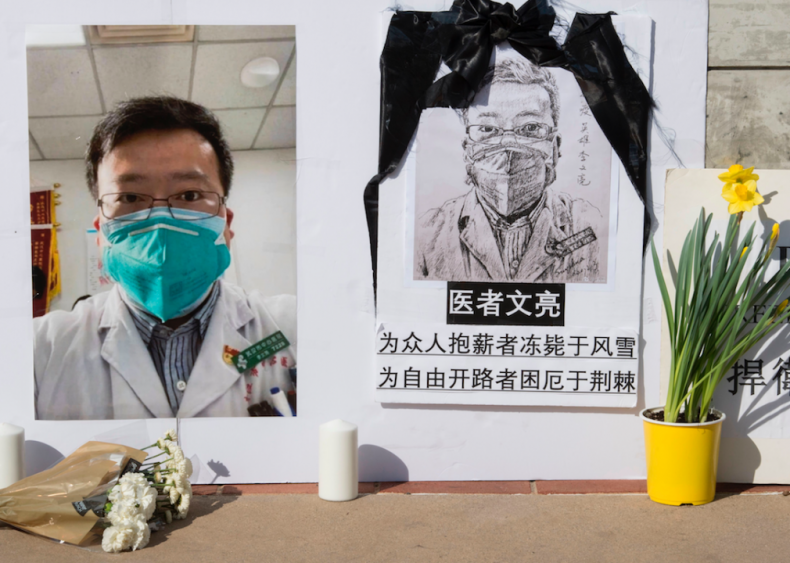
Dec. 30, 2019: Chinese doctor sounds the alarm
Li Wenliang, a doctor working at Wuhan Central Hospital in Wuhan, China, sent out a text on Dec. 30 to a group of other doctors warning them to protect themselves against a new respiratory virus. Four days later, police summoned him and told him to sign a letter accusing him of false comments and disturbing the social order. Li died of the virus on Feb. 7.

Dec. 31, 2019: Chinese health authorities notice mysterious cases of pneumonia
In the meantime, the government of Wuhan did in fact confirm that its health authorities were treating dozens of cases of pneumonia from an unknown origin. Several of the infected people worked at Wuhan’s Huanan Seafood Wholesale Market. Wuhan, a city of 11 million people in China’s Hubei province, had become the start and center of a new epidemic.
Jan. 4, 2020: WHO starts tracking illnesses in Wuhan
The WHO announced on Jan. 4 it would start actively tracking a mysterious group of pneumonia cases in Wuhan, China. The organization’s China office was first notified of the illnesses Dec. 31, 2019. By Jan. 5, the WHO issued its first publication on those cases. reporting on the status of patients and the response of public health officials.

Jan. 11: First coronavirus death is reported
The first known death from the virus was reported by the Chinese state media. The victim was a 61-year-old man who was a regular customer at the Huanan Seafood Wholesale Market and had underlying issues including “abdominal tumors and chronic liver disease.”
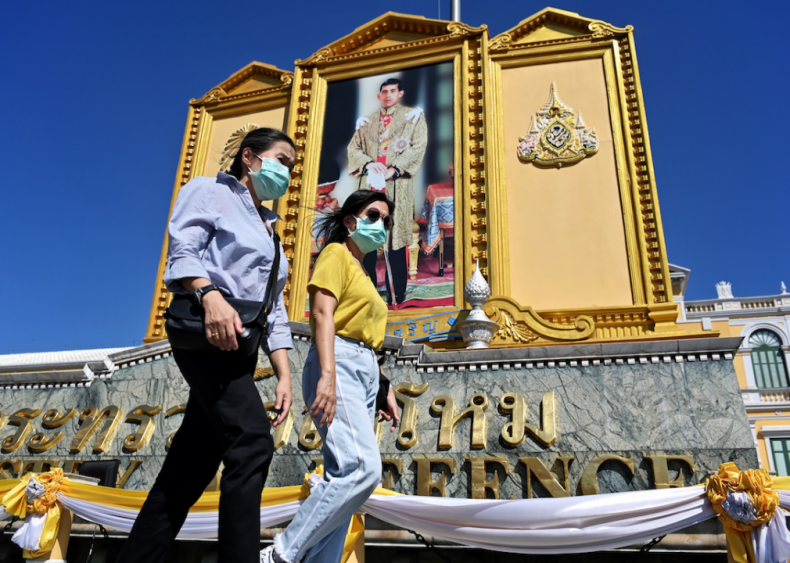
Jan. 13: Virus spreads to other countries
The first case outside of China was confirmed Jan. 13 in Thailand. Within the week, cases were found in Japan, South Korea, and, on Jan. 20, the United States. The first American case was in Washington State where a man in his 30s developed symptoms after a trip to Wuhan.
You may also like: Social isolation and mental health: Tips from experts on staying healthy
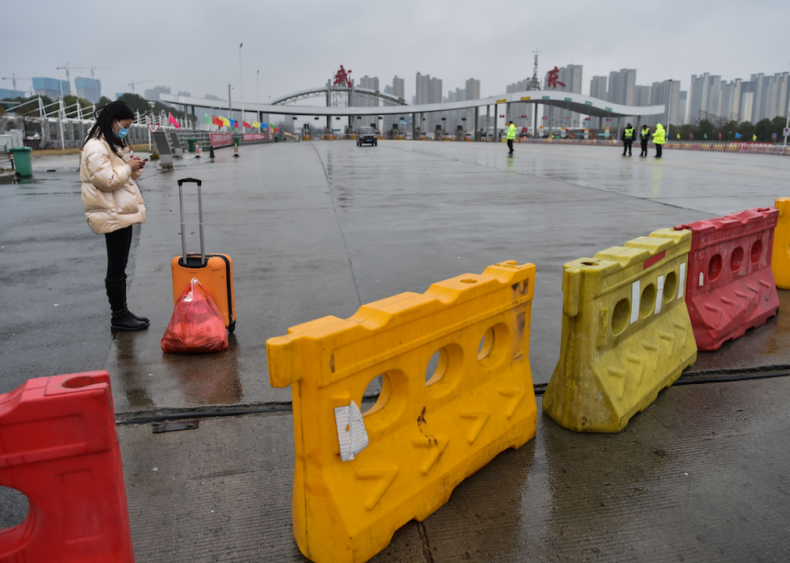
Jan. 23: Wuhan is locked down
By Jan. 23, 17 people in China were dead and more than 570 were infected. In response, the Chinese government locked down Wuhan to prevent further spread of the virus. Planes and trains in and out of the city were canceled while all bus, ferry, and subway services within the city were suspended.
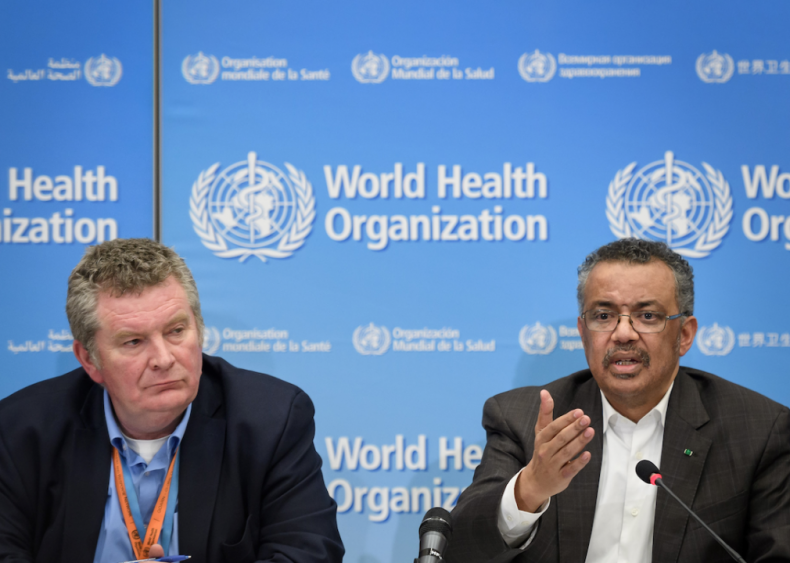
Jan. 30: WHO declares a Public Health Emergency, Trump suspends entry from China
By Jan. 30, 9,800 people had been infected and 213 died around the world; the WHO declared the 2019-nCoV outbreak a “Public Health Emergency of International Concern.” The next day, the administration of President Donald Trump suspended entry into the United States for anyone who had traveled to China in the past 14 days who wasn’t an American citizen, family of an American citizen, or a permanent resident.
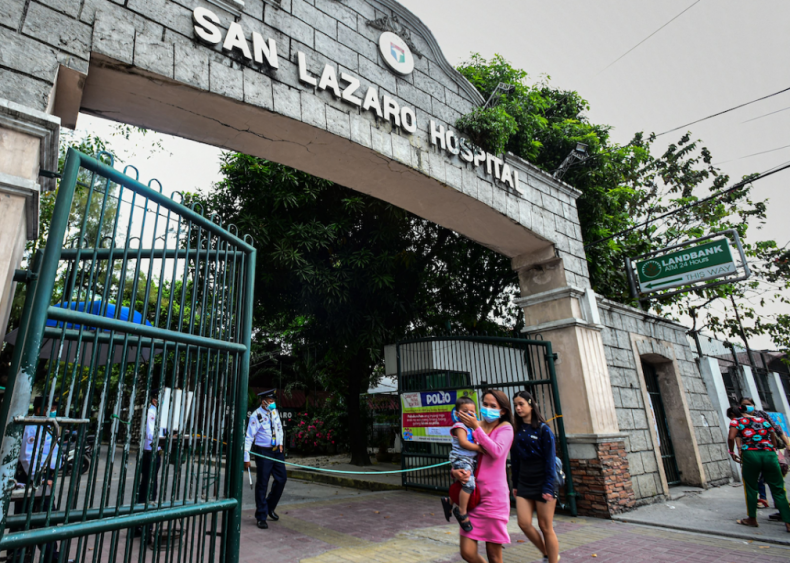
Feb. 2: First death outside of China
This first death reported outside of China was a 44-year-old man in the Philippines. He had traveled to the Philippines from Wuhan. By this point, more than 360 people died from the virus.

Feb. 5: Cruise ship quarantined off the coast of Japan
The Diamond Princess cruise ship became quarantined off the coast of Yokohama, Japan, after passengers became ill. Officials began testing passengers and, by Feb. 13, there were 218 confirmed cases on board—the largest number of positives outside China.
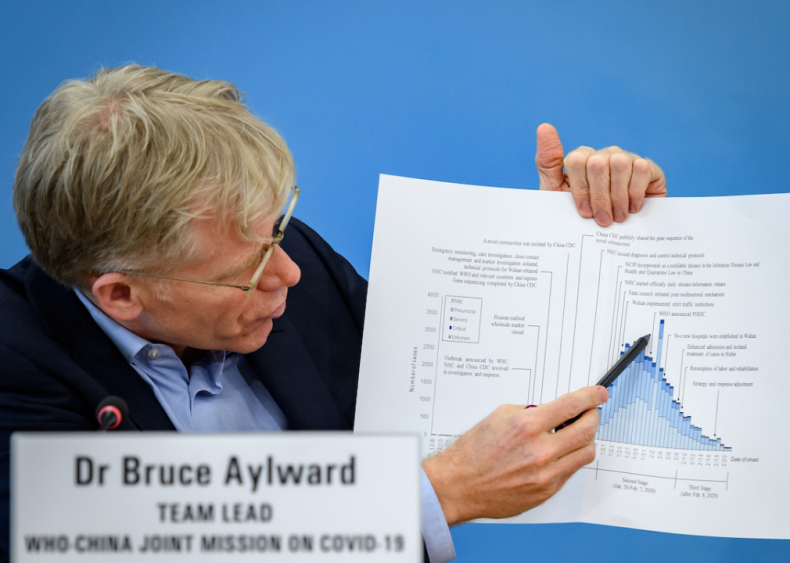
Feb. 11: The disease gets a new name
The WHO gave the disease caused by the novel coronavirus a new name: COVID-19. It was chosen because it did not refer to a geographical area, animal, or group of people and because it was relatively easy to pronounce. The WHO wanted to “guard against the use of other names that might be inaccurate or stigmatizing.”
You may also like: How the biggest companies in America are impacted by COVID-19
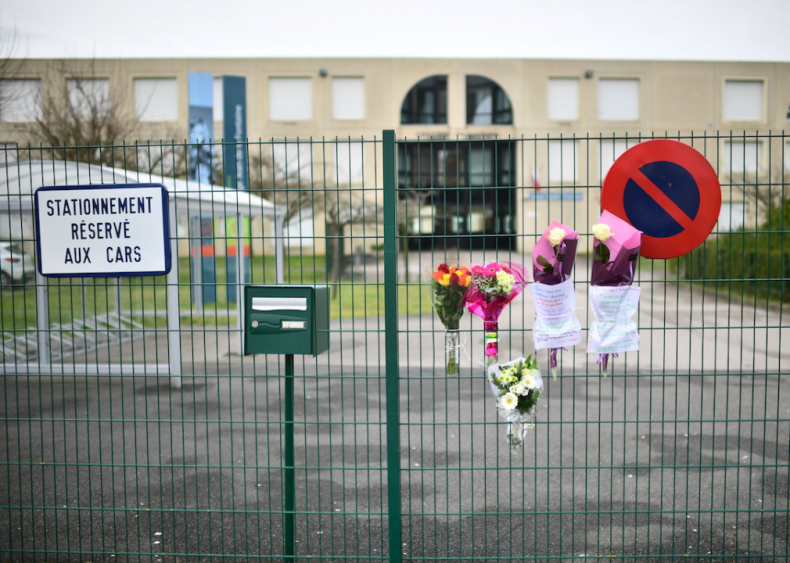
Feb. 14: First death in Europe
The first COVID-19 death in Europe took place in Paris on Valentine’s Day. The victim was an 80-year-old Chinese tourist and it was the first death outside of Asia. On the same day, Egypt became the first African country to report a case.

Feb. 23: Italy’s COVID-19 case numbers explode
By Feb. 23, the number of confirmed COVID-19 cases in Italy had grown from five to more than 150. The Lombardy region in the north of the country was the hardest hit, and officials locked down 10 towns in the area, closing schools and canceling events. Within the next week, cases spiked across Europe and Latin America reported its first case. On Feb. 28, the first American COVID-19 death was reported in Seattle.
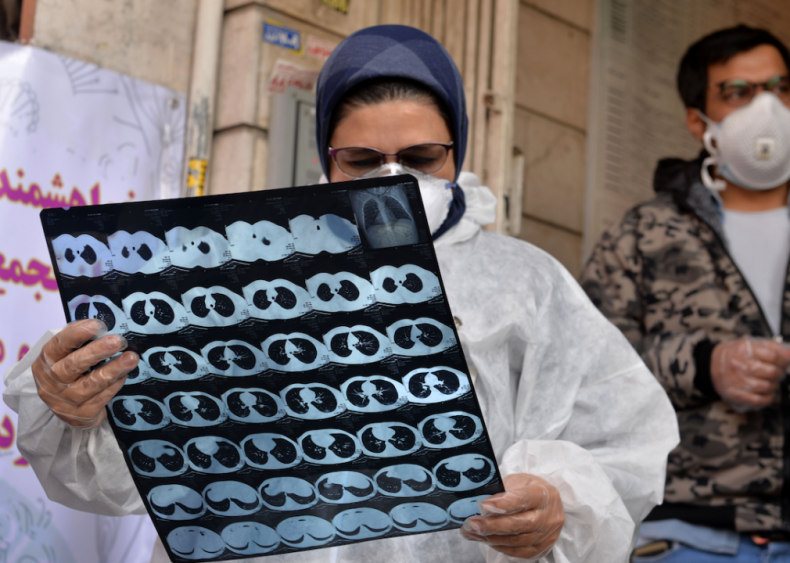
March 7: More than 100,000 infections worldwide
By March 7, COVID-19 had killed nearly 3,500 people and infected 102,000 in more than 90 countries. Iran became one of the worst situations totaling 4,747 cases and 124 deaths.

March 11: WHO declares COVID-19 a global pandemic
In response to the quick spread of COVID-19, the WHO declares the outbreak to be a global pandemic. In a briefing, WHO director-general said, “We have never before seen a pandemic sparked by a coronavirus.”

March 11: Trump announces a European travel ban—sort of
As the epicenter of the virus shifted from China to Europe, President Trump made an announcement saying he would block all travelers from European countries except Britain for 30 days. He walked the statement back a few hours later, saying that this would not apply to U.S. citizens, residents, or their spouses, but not before many travelers had spent thousands on tickets to return home.
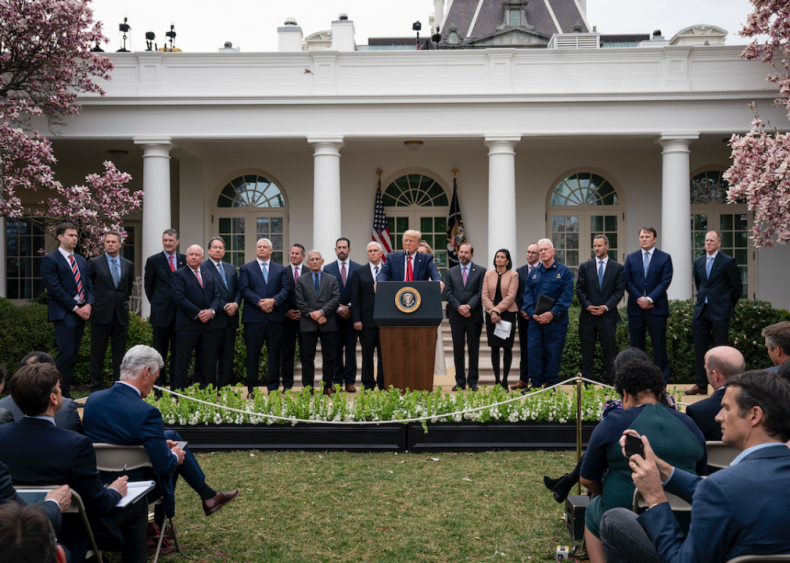
March 13: Trump declares a national emergency
President Trump declared a national emergency and said he would make $50 billion available to states and territories to fight COVID-19. By this time, the global death toll had passed 4,600 and there were 126,100 confirmed infections worldwide.
You may also like: Companies changing their businesses to combat COVID-19
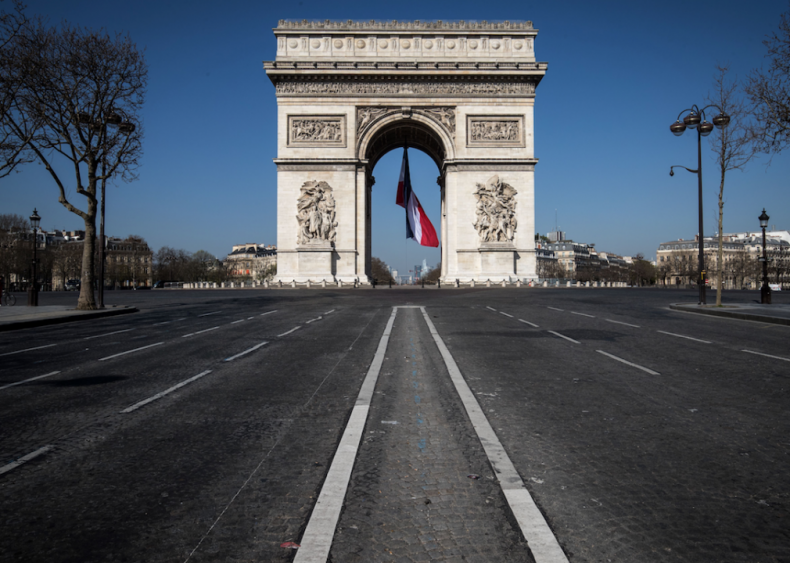
March 15: Europe shuts down
In response to the virus’ quick spread, some Western European countries began to shut down nonessential businesses. In Spain, which had the second-highest death rate in Europe after Italy, residents could only leave home to buy essential supplies or to work. In France, cafes, restaurants, bars, shops, and cinemas were closed.
You may also like: COVID-19 stimulus bill by the numbers

March 19: China reports no new local infections
China reported no new local infections, a signal that China’s epidemic could be winding down. However, although no new local infections were recorded, there were 34 new infections confirmed among patients who had traveled to China from elsewhere. On the same day, Italy overtook China as the country with the most deaths worldwide.

March 20: Deaths exceed 10,000 globally
Confirmed deaths from COVID-19 exceeded 10,000 worldwide. Cases began to rise exponentially, for example, from 2,958 to 13,957 overnight in Germany. Within days of this somber milestone, the United Kingdom, where a “herd immunity” approach to COVID-19 had been considered, ordered all non-essential stores to shut down, banned meetings of more than two people, and require people to stay at home except to buy food or medicine. On March 24, India’s Prime Minister Narendra Modi announced a 21-day lockdown. Some migrant workers were forced to walk hundreds of miles back to their homes.
China had a second day with no new domestic cases reported.

March 24: Tokyo Summer Olympics postponed
It was announced that the Tokyo Summer Olympics would be postponed for one year in response to COVID-19. This was the first time Olympic games have been canceled since World War II. Only three games have been canceled since the beginning of the Olympics, all due to wars.
You may also like: How COVID-19 is exposing inequality in America
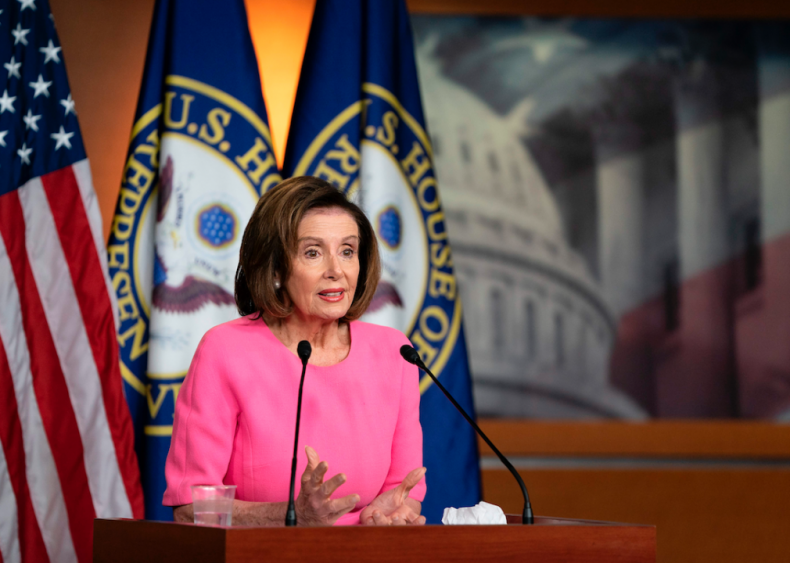
March 25: US government announces $2 trillion aid plan
After negotiations, the White House and Congress came to an agreement on a $2 trillion aid plan to help businesses, workers, and the health care system. The plan passed the Senate in a unanimous 96-0 vote. Nearly three weeks after the White House approved the coronavirus stimulus bill, eligible U.S. residents began receiving their $1,200 stimulus check payments. This followed on the heels of increased unemployment benefits, another aspect of the relief package to help the millions of Americans out of work.
You may also like: How hospitals in every state are adapting to COVID-19

March 26: Record unemployment filings in US
It was reported that a record 3.3 million people in the United States filed for unemployment the previous week. This was a rise of more than 3 million from the previous week, which saw unemployment claims by just 281,000 people. Treasury Secretary Steven Mnuchin said unemployment could reach 20% due to COVID-19.
Peak unemployment hit in April 2020 at 14.7%, the highest number ever recorded since data collection began in 1948.
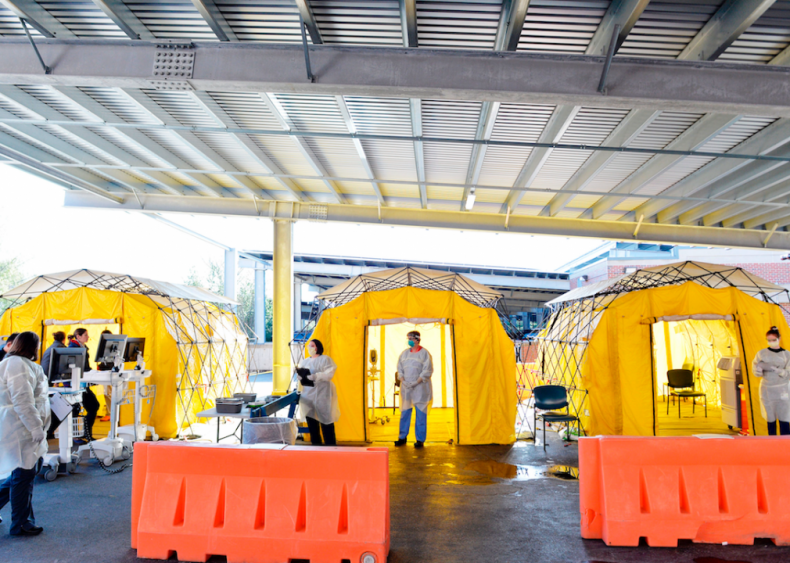
March 27: US surpasses Italy for most cases worldwide
With 82,000 known cases in late March, the United States officially had more confirmed cases of COVID-19 than any other country in the world. New York state was hit especially hard, with half of the total cases nationwide. New York City alone had 23,000 cases and 365 deaths.
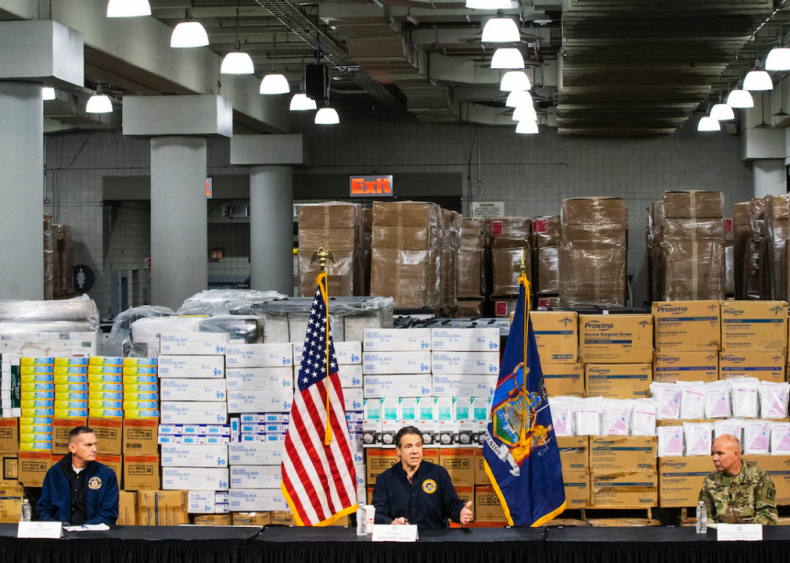
March 27: Nearly half of all Americans under lockdown
In response to the country’s rapidly growing numbers, the local governments of the United States put roughly half the population under some kind of lockdown. Twenty-three states issued stay-at-home orders and 10 other states and territories ordered nonessential businesses to close.
You may also like: Companies that are hiring during COVID-19
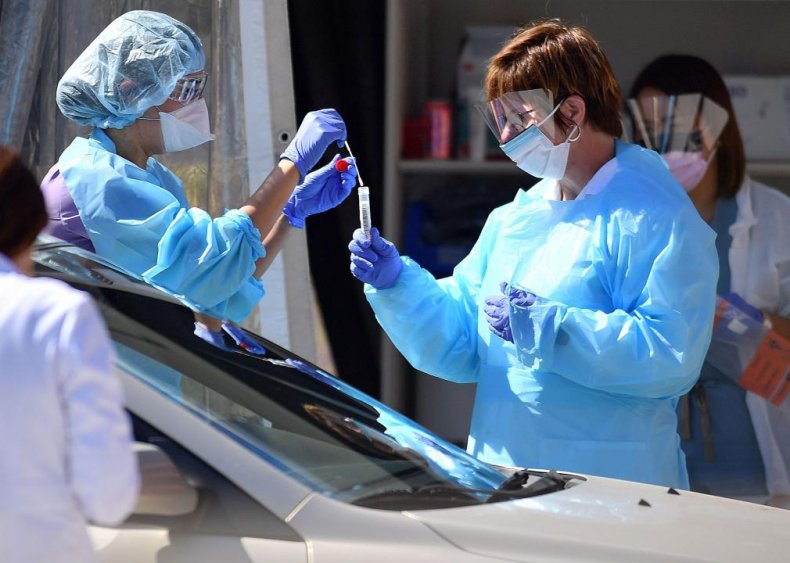
April 2: More than 1 million confirmed cases worldwide
The number of global COVID-19 cases doubled over a week and surpassed the 1 million mark. The United States alone contains over 20% of these cases, and the disease had now claimed the lives of more than 50,000 people around the world.
It took less than two weeks for the next 1 million COVID-cases to be recorded.

April 5: First animal in US tests positive for the virus
A tiger at New York City’s Bronx Zoo tested positive for the coronavirus after being exposed to a zookeeper who wasn’t showing any symptoms. Nadia, a 4-year-old Malayan tiger, is the first animal in the United States to test positive for the virus, and the first coronavirus case found in a tiger.
[Pictured: A Malayan tiger in the Bronx Zoo.]
You may also like: 50 community resources to support Americans financially impacted by COVID-19
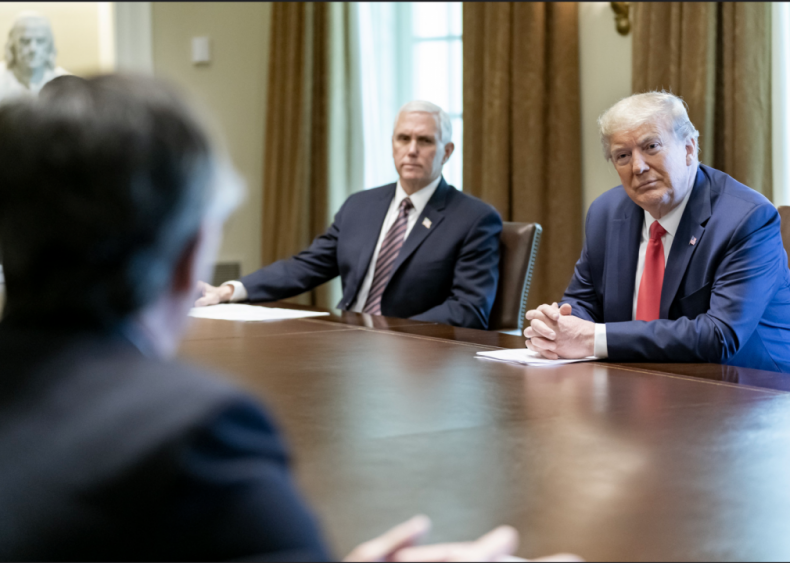
April 14: Trump halts funding to WHO
Trump announced that he will halt U.S. funding for the WHO until a review into its handling of the coronavirus is complete. The president said he believes the WHO was slow to respond to the initial outbreak of the virus in China and this is what led to a global pandemic. The U.S. is currently the WHO’s largest donor, pledging nearly $900 million in the past two years.

April 19: Nursing homes represent a disproportionate amount of COVID-19 deaths
Two months after the first coronavirus cases were found in a Seattle home, The New York Times revealed that at least 7,000 people have died in nursing or long-care homes, accounting for one-fifth of the virus’ death toll in America. Due to scarce resources and overcrowded facilities, many Americans most susceptible to catching the disease are not receiving the proper health care and support that they need.
As of Dec. 8, an estimated 39% of COVID-19 deaths in the U.S. happened in nursing homes.
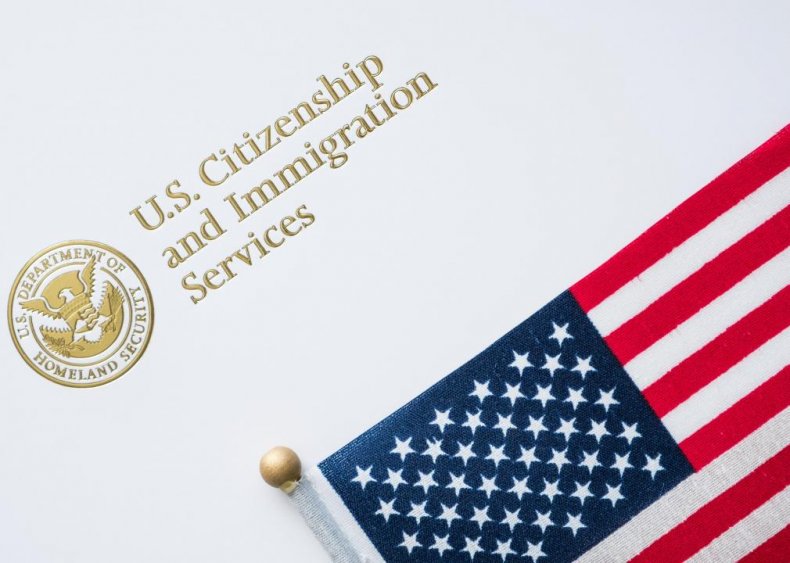
April 20: Trump announces ban on US immigration
Trump announced on Twitter that he was finalizing an executive order to temporarily prevent new immigrants from coming to the United States while the U.S. economy struggles to recover during the pandemic. In July the White House announced Green Card restrictions but backed down from guest working visa suspension after an outcry from the business community.
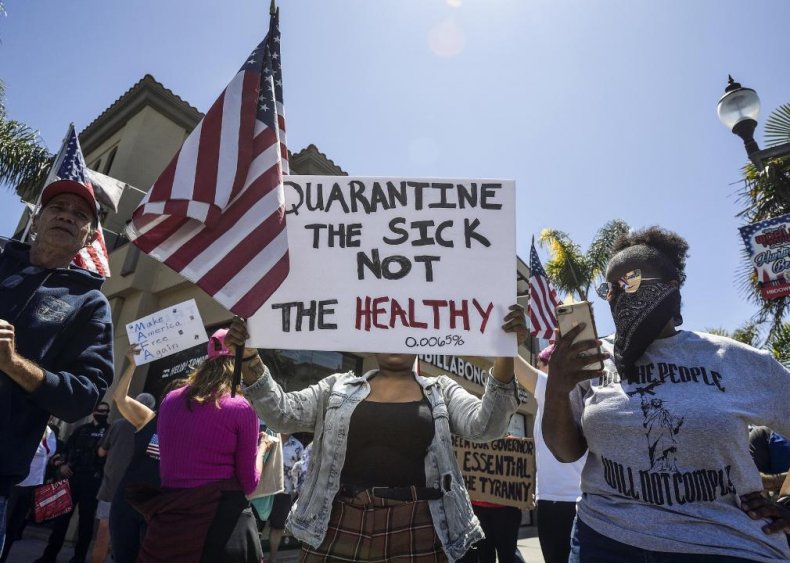
April 20: Protests to reopen the country erupt across America
After most states were on lockdown for weeks, residents in over a dozen states took to the streets to express their disapproval of the continuous stay-at-home orders. Protestors had different reasons behind their frustrations, but many were citing the negative economic consequences of closing most businesses. Others were tired of having their movement restricted by the government and public health officials. Some just wanted haircuts.
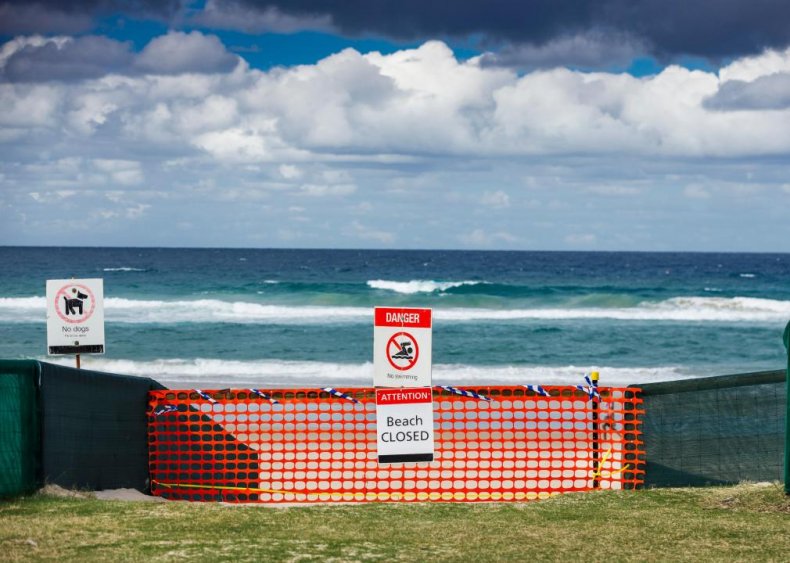
April 21: Georgia draws scrutiny with plan to reopen the state early
Georgia’s governor, Brian Kemp, decided to start reopening the state at the end of April, with some essential businesses dine-in restaurants reopening late in the month. Georgia joined fellow Southern states Florida and South Carolina, who relaxed their stay-at-home orders and started reopening their public beaches. Public health officials made dire predictions about the spread of COVID-19 once restrictions were lifted, which came true.
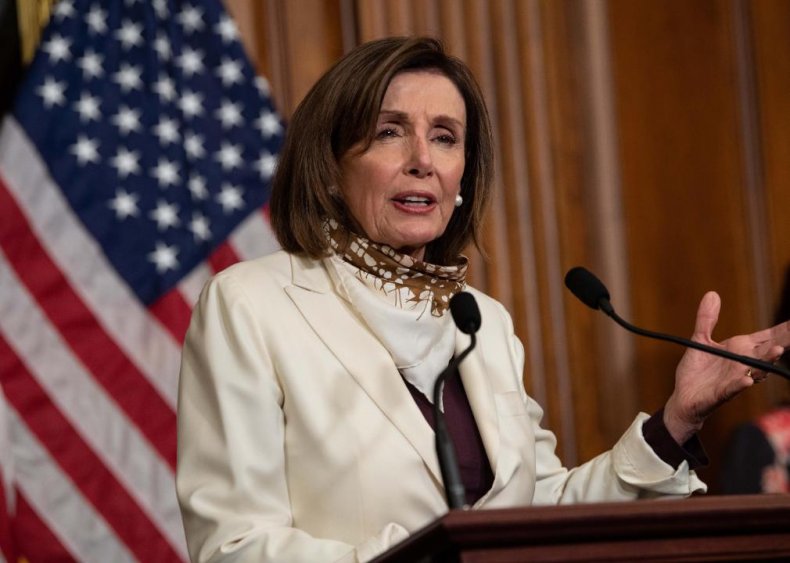
April 23: President signs off on $484 billion small-business stimulus bill
Most of the funds from the $484 billion bill went toward the Paycheck Protection Program, which provides loans for small businesses so they can keep paying their workers. Additional funding went to hospitals and coronavirus testing, as well as providing loans for farms and ranches.
You may also like: 20 ways COVID-19 is impacting children around the world

May 4: First retail casualty of COVID-19
Clothing and accessories company J. Crew, founded in 1957, announced it had filed for bankruptcy on May 4. It was the first major retailer to do so, with many more following suit.
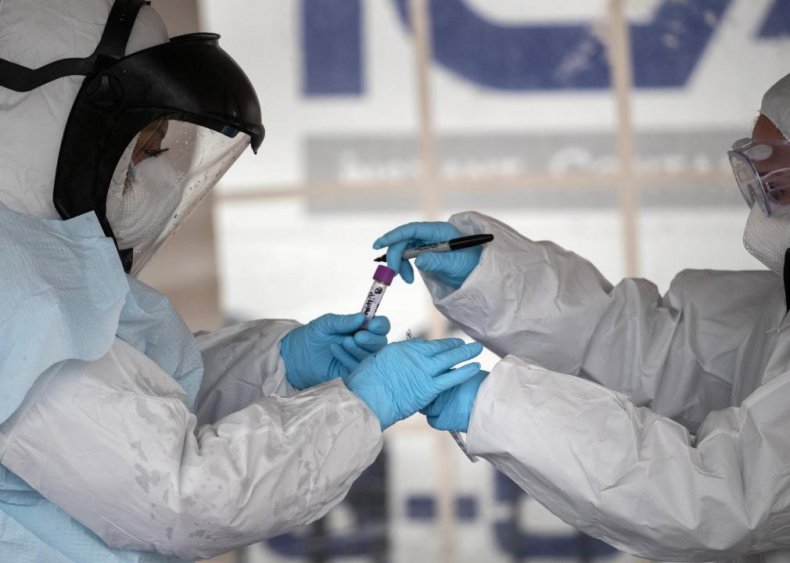
July 23: US passes 4 million cases nationwide
As more states grappled with record-high numbers of new COVID-19 cases, the United States passed 4 million cases and 145,000 deaths nationwide, jumping from 3 million cases just 15 days prior. President Donald Trump also announced the cancellation of parts of the Republican National Convention, planned for mid-August in Florida, due to COVID-19.
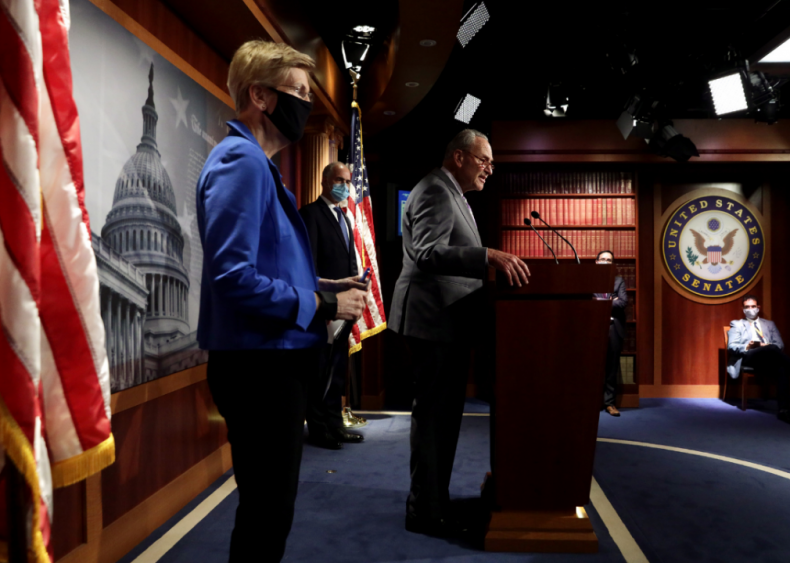
August: Congress fails to pass new COVID-19 relief bill
With COVID-19 and increased unemployment still prevalent in the United States, Americans have been asking for a new relief bill, hopefully providing another stimulus payment and extending the $600 unemployment insurance that expired on July 31. However, Congress has stalled at passing a comprehensive economic stimulus package since the CARES Act in March. House Democrats and Senate Republicans have not been able to agree on how much this new bill should cost, and how much of those funds should go toward unemployed Americans, state funding, and struggling businesses. It’s unclear whether an agreement will be reached before 2021.
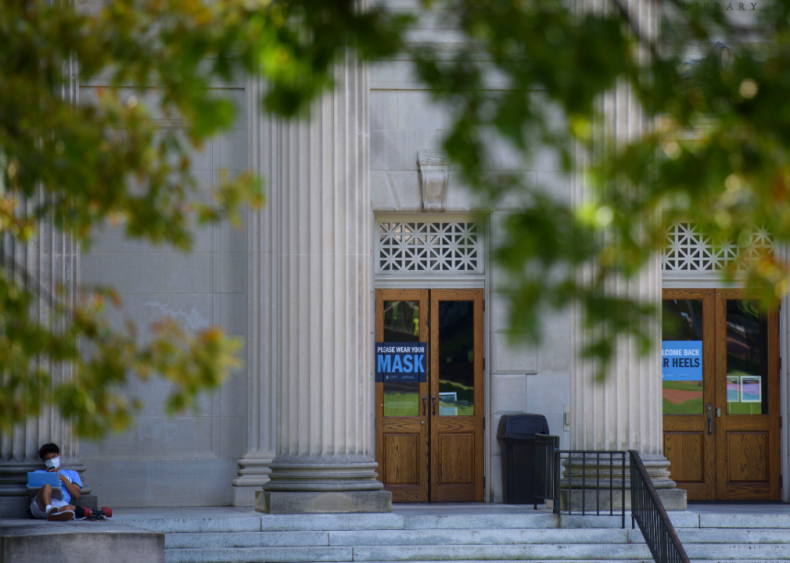
Aug. 17: UNC Chapel Hill goes online one week after reopening
University of North Carolina at Chapel Hill, one of the largest U.S. college campuses to reopen for in-person classes, was forced to close again when 177 students tested positive for COVID-19 just a week after classes began on Aug. 10.
You may also like: Hospital capacity in every state
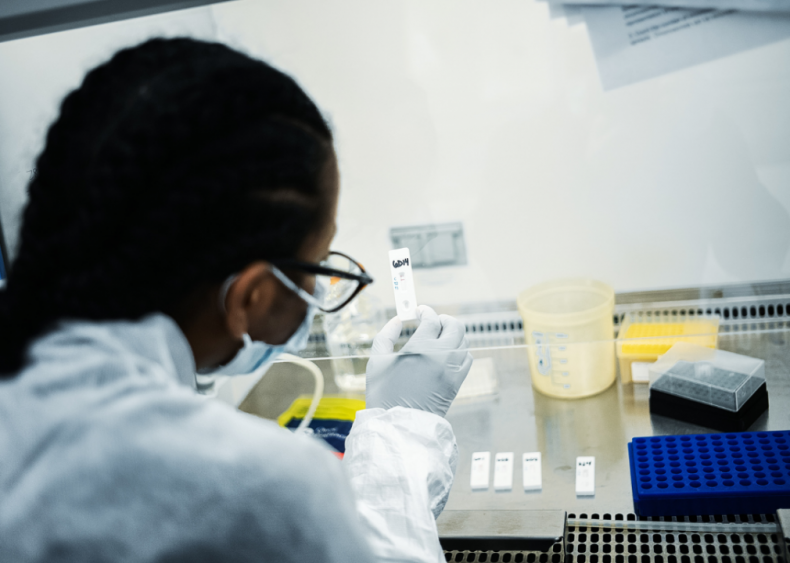
Aug. 26: Abbott antigen test approved
As Americans wait days—and sometimes weeks—for the results of COVID-19 polymerase chain reaction (PCR) tests, some experts are turning to antigen tests as a potential strategy for faster and cheaper mass testing. Antigen tests look for a specific piece of the coronavirus’ structure, rather than identifying its genetic material, which makes these tests quicker to run, but less precise, than PCR tests.
The Abbott Diagnostics antigen test is the most recent of four such tests to receive Emergency Use Authorization from the FDA. This test does not require any complex equipment, and gets patients results in only 15 minutes. The Trump Administration purchased 150 million of the new tests, to be put to use as soon as Abbott can manufacture them.
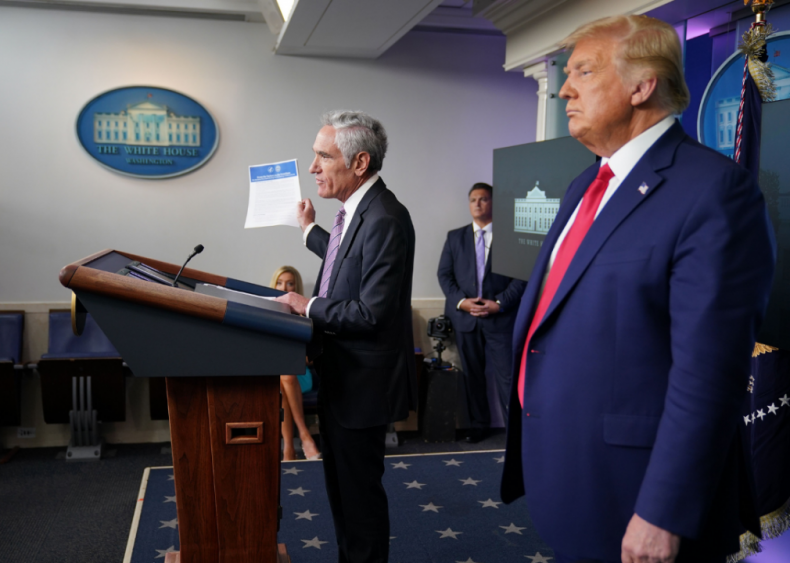
Sept. 16: CDC releases vaccination playbook
Though some epidemiology experts called this timeline unlikely, the Trump Administration instructed state and local public health agencies to prepare for COVID-19 vaccine distribution in October or November. The Centers for Disease Control and Prevention’s Vaccination Program Interim Playbook provided logistical details about this potential release, from what supplies the CDC will send public health agencies to how vaccination data will be collected and reported.

Sept. 19: U.S. death toll passes 200,000
Six months after most of the country implemented COVID-19 lockdown measures, NBC News reported that the United States surpassed the 200,000 mark. This came at the heels of Bob Woodward’s book coming out, in which the journalist wrote that Trump had been concerned about the coronavirus in early February, but downplayed it to the American public and did not have a national response until March. The book was based on several interviews conducted between Woodward and Trump, and while his staff say that the president downplayed the virus in order to not incite unnecessary panic, some researchers believe fewer people would have died if the country started social distancing and quarantining even one week earlier.
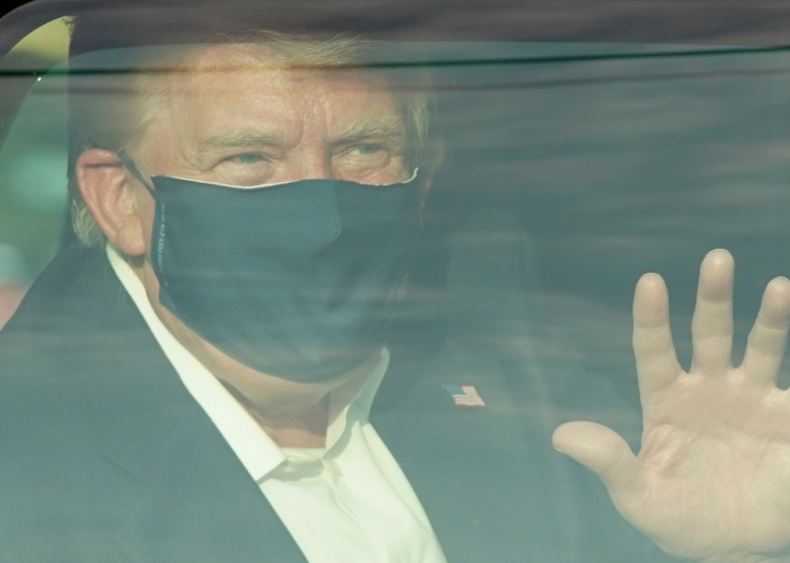
Oct. 2: COVID-19 reaches the White House
President Donald Trump announced on Oct. 2 that he and the First Lady had tested positive for COVID-19. That same day, Trump was admitted to Walter Reed National Military Medical Center, where he received the antiviral drug remdesivir and experimental COVID-19 treatments, including an antibody cocktail from the company Regeneron. He returned to the White House on Oct. 5, and resumed public appearances on Oct. 10.
Meanwhile, the White House was linked to 38 other COVID-19 cases as of Oct. 14, according to the White House COVID-19 Tracker, an independent visualization project compiling news reports on this outbreak. These cases include Trump administration officials, high-profile politicians, and journalists in the White House press corps.

Oct. 12-13: Medical trials paused
Johnson & Johnson, one of the first American pharmaceutical companies to produce a COVID-19 vaccine, paused its clinical trial on Oct. 12 due to an illness in one of the study’s 60,000 patients. The next day, Eli Lilly, another pharmaceutical, paused its 300-person trial of a potential COVID-19 treatment which mimics the body’s natural immune response to the disease, due to a safety concern from the FDA.
Both pauses were natural parts of the scientific process; as clinical trials include hundreds (or even thousands) of people, scientists must take every possible precaution to ensure the safety of their patients. Pauses are usually not communicated to the public, but as American institutions race to bring safe vaccines and life-saving treatments to the public, every small hurdle in this complicated process is under immense scrutiny.
You may also like: Has your state performed enough COVID-19 tests to be open?
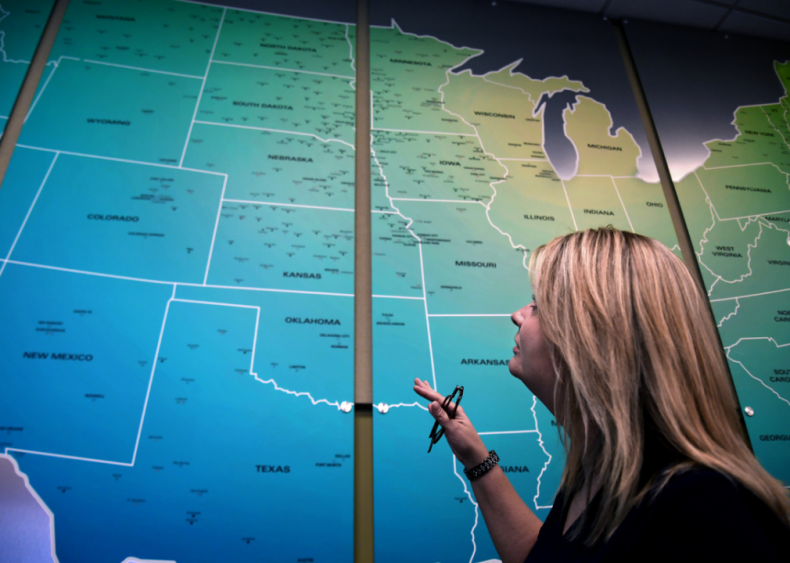
Nov. 4: US passes 100,000 new cases in one day
On Nov. 4, state public health departments reported a total of 103,000 new COVID-19 cases—a national record for the most new cases in one day, according to the COVID Tracking Project. The nation continued to set records for the next three days, culminating in 128,000 new cases reported on Nov. 7. During the week of Nov. 1 to 7, approximately one in every 460 Americans was diagnosed with COVID-19.
Unlike previous COVID-19 outbreaks in the U.S., which were largely focused in one geographic region, this new surge of cases is reflected in increases across the country.

Nov. 9, Nov. 16: Preliminary vaccine clinical trial data released
Pharmaceutical company Pfizer and its partner BioNTech announced on Nov. 9 that their COVID-19 vaccine had demonstrated initial success in a large-scale clinical trial. The trial has enrolled 44,000 participants, 94 of whom had been diagnosed with COVID-19 at the time that Pfizer conducted its preliminary analysis. The company’s results show that, among these 94 patients, those who received the vaccine were 90% less likely to be diagnosed with the disease.
One week later, Moderna, the producer of another COVID-19 vaccine that uses similar technology to Pfizer’s, announced its own preliminary results. Among 100 patients in Moderna’s trial diagnosed with COVID-19, those who received this company’s vaccine were 94.5% less likely to be diagnosed with the disease. Both companies’ results are considered very promising by public health experts who expected that a COVID-19 vaccine may only be 60% effective.
You may also like: 27 factors that make you vulnerable to COVID-19
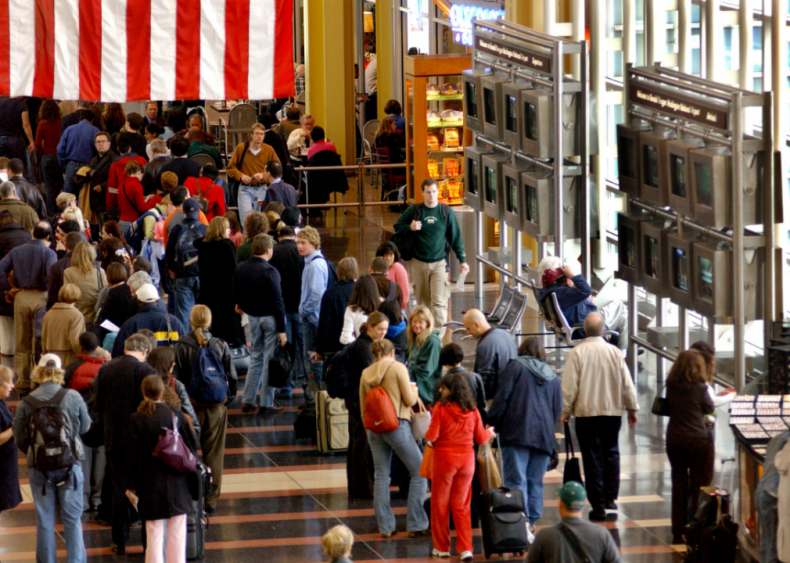
Nov. 29: United States has busiest air travel day since pandemic began
As the United States passed 12 million COVID-19 cases the weekend before Thanksgiving, U.S. health officials encouraged Americans to not travel during the holidays and limit festivities to small or virtual gatherings. However, U.S. airports still flooded with people during the long weekend. The Transportation Security Administration reported that over 1.17 million travelers across the country were screened by TSA agents on the Sunday following Thanksgiving, the highest number of air travelers since March. Each day of Thanksgiving weekend—Thursday through Sunday—saw over a million people pass through TSA screenings.
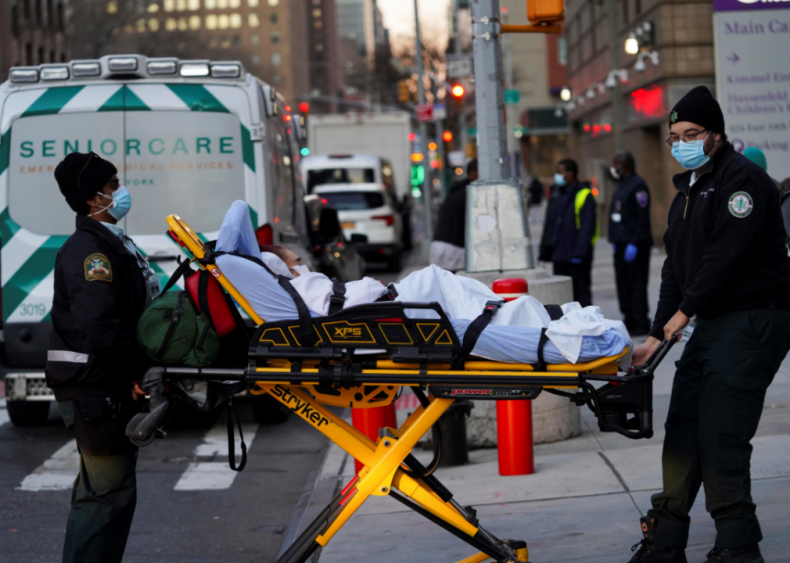
Dec 2: US hospitals caring for more than 100,000 COVID-19 patients
On Dec. 2, the U.S. reported about 100,300 Americans in the hospital with COVID-19. Prior to November, the nation’s record for the most COVID-19 patients hospitalized at one time was about 60,000. December’s record, which continued to climb past 105,000, reflected health care systems across the nation that are more challenged than ever before in taking care of patients.

Dec. 8: Joe Biden announces 100-day plan to combat the pandemic
President-elect Joe Biden announced the three-part plan he will initiate upon entering office to tackle the COVID-19 crisis, focusing on masks, vaccinations, and reopening schools across the country. His plan includes issuing a federal mask-wearing mandate and overseeing at least 100 million COVID-19 vaccinations during the first 100 days.
Biden also nominated several members to the team that will lead the COVID-19 response during his presidency. Among them are Massachusetts General Hospital Chief of Infectious Diseases Dr. Rochelle Walensky for director of the CDC, California Attorney General Xavier Becerra for leading the Department of Health and Human Services, and Dr. Vivek Murthy to reclaim his Obama-era position as surgeon general.

Dec. 11: FDA grants emergency authorization for Pfizer vaccine
When the FDA is asked to endorse the distribution of a new vaccine, the agency calls a panel of outside experts to carefully consider all available scientific evidence and recommend whether the safety benefits of this vaccine outweigh the risks. On Dec. 10, that advisory panel met, discussed evidence, and voted to recommend that Pfizer and BioNTech’s COVID-19 vaccine should go to market for all Americans aged 16 and over.
The next day, the FDA followed its committee’s recommendation by officially granting the vaccine Emergency Use Authorization. Moderna’s vaccine was up next.
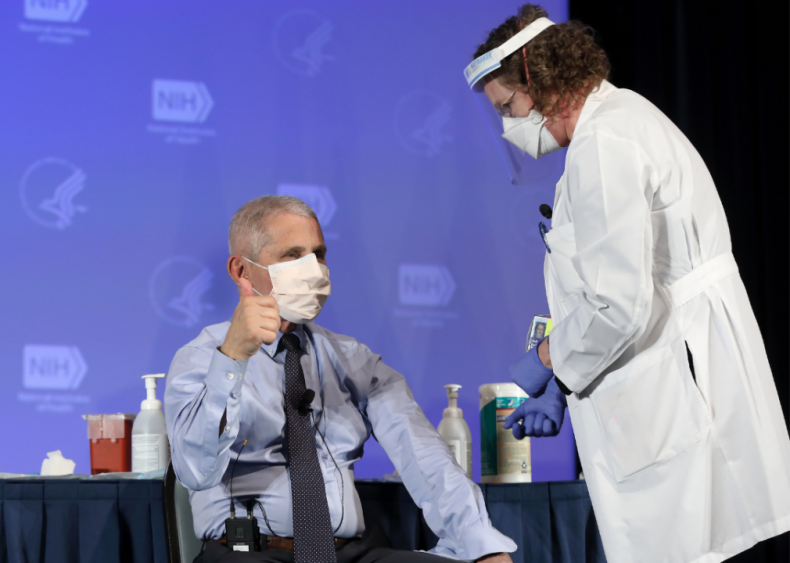
Dec. 18: Emergency authorization for Moderna vaccine
One week after the FDA granted Pfizer and BioNTech’s COVID-19 vaccine Emergency Use Authorization, the agency granted authorization to Moderna’s vaccine. Moderna’s vaccine, like Pfizer’s, uses messenger RNA—specially designed genetic material that triggers your body’s immune system to prepare for an attack by the novel coronavirus without actually encountering the virus itself.
The two vaccines now available in the U.S. have both been highly effective in clinical trials and appear to reduce risk of serious COVID-19 illness, though scientific understanding about how well both vaccines work will improve in the months to come. Dr. Anthony Fauci, who received his first dose of Moderna’s vaccine on Dec. 22, said he feels “extreme confidence in the safety and efficacy of this vaccine” and encourages other Americans to get vaccinated.
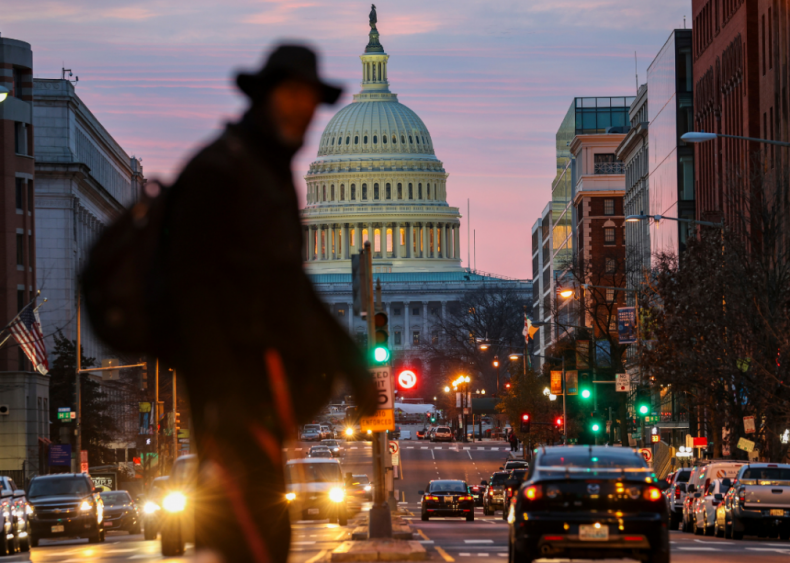
Dec. 27: Trump signs second stimulus package
Facing the prospect of another government shutdown, Trump signed the $2.3 trillion bill that Congress presented to him six days prior, which includes federal funding for 2021 and another stimulus package for Americans. After initially opposing the bill and urging Congress to increase stimulus check payment amounts to $2,000, the president acquiesced and put into law a $900 billion stimulus package that will send $600 stimulus payments to eligible Americans, as well as add $300 to unemployment benefits and extend the benefits until March. The bill also provides funding for schools, transportation, vaccine distribution, rental relief, and additional funding for the Paycheck Protection Program.
[ad_2]
Source link